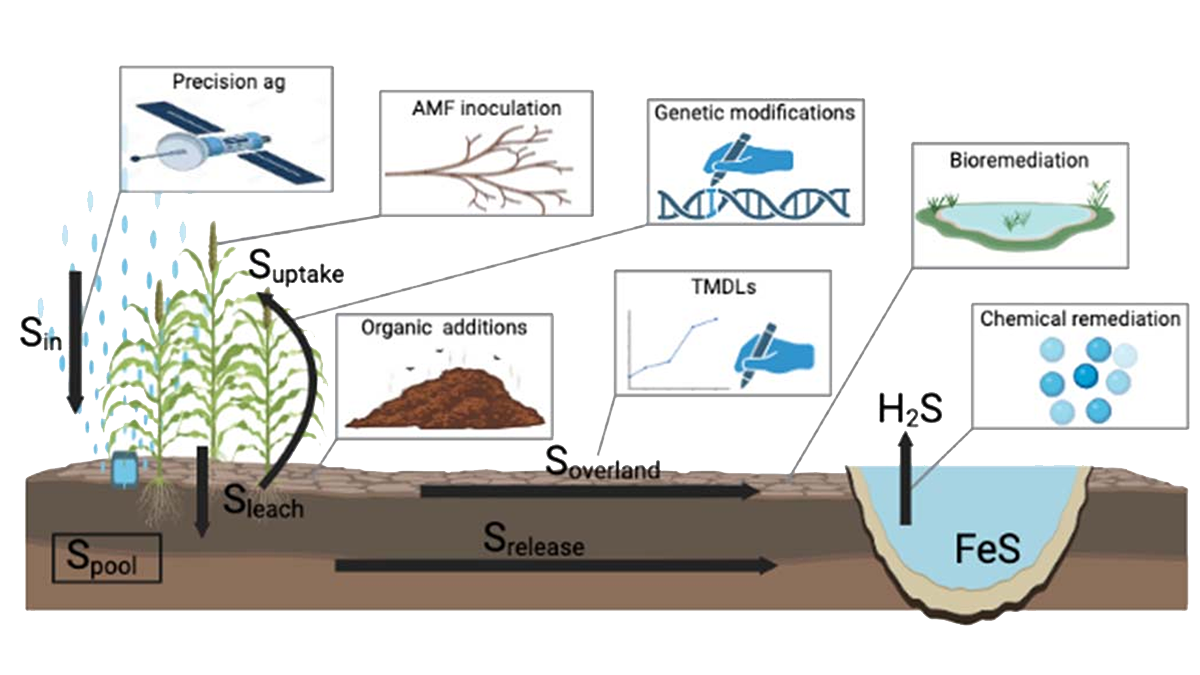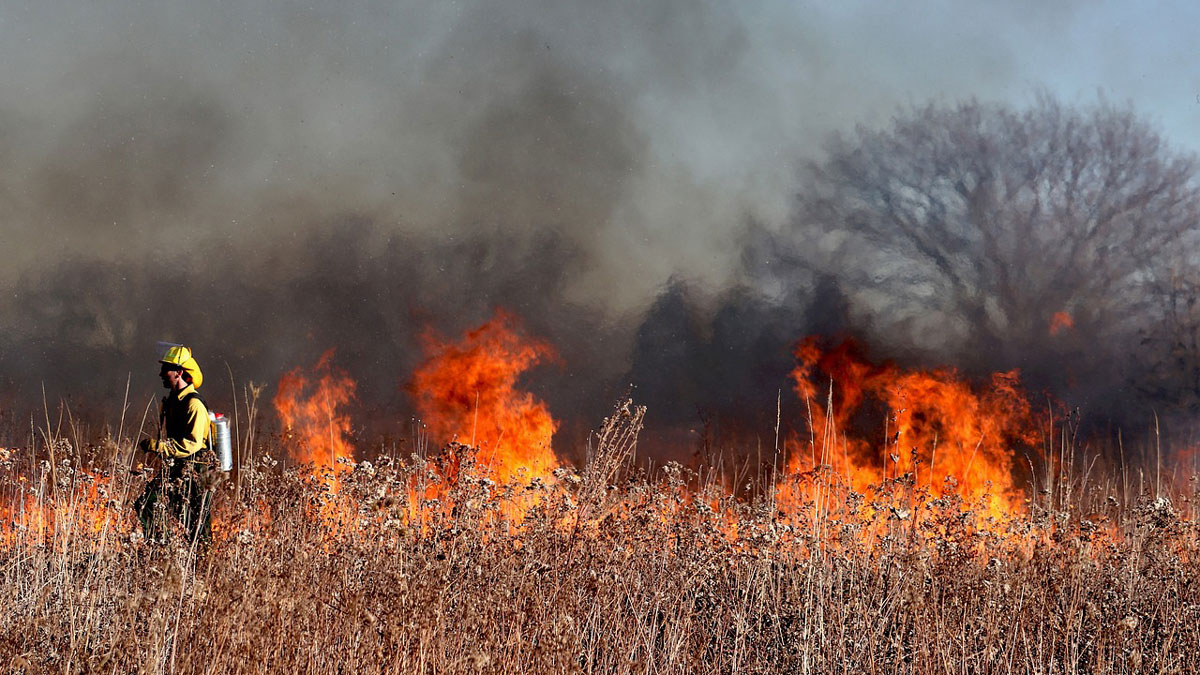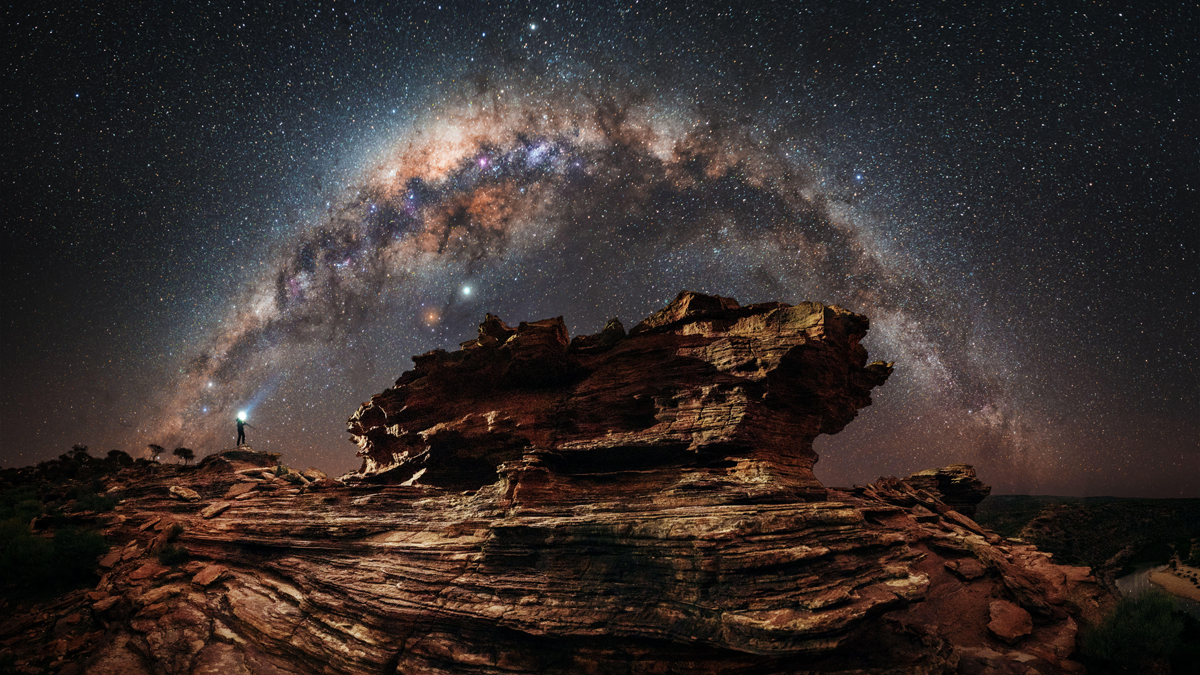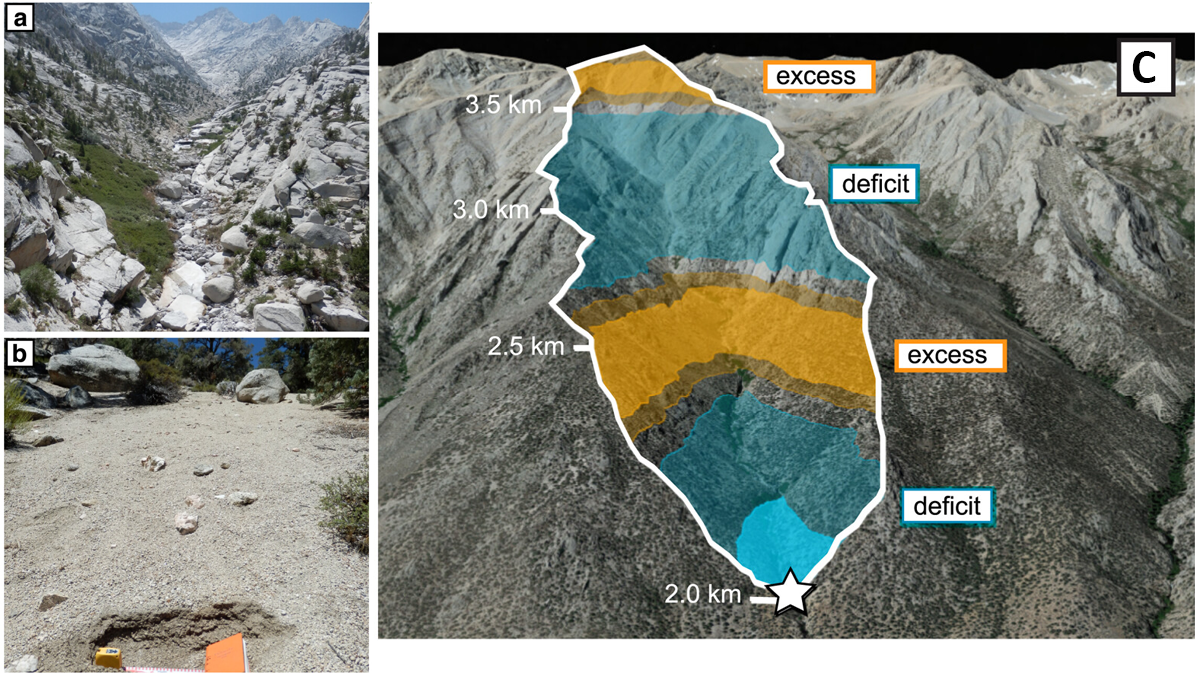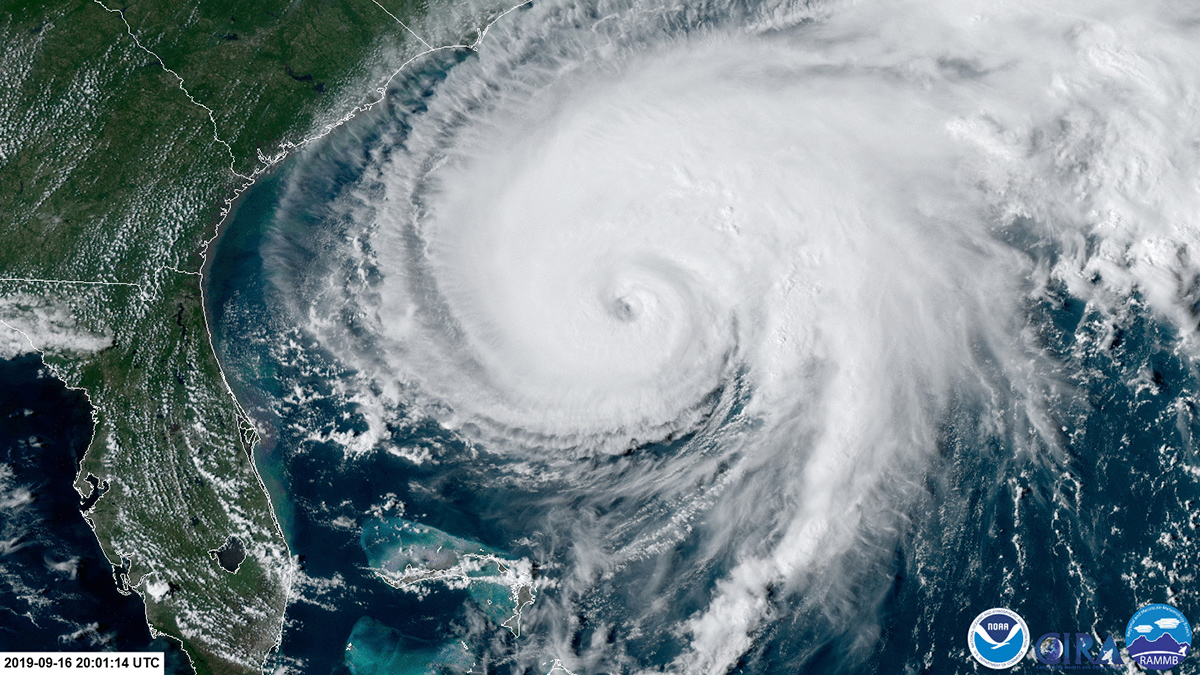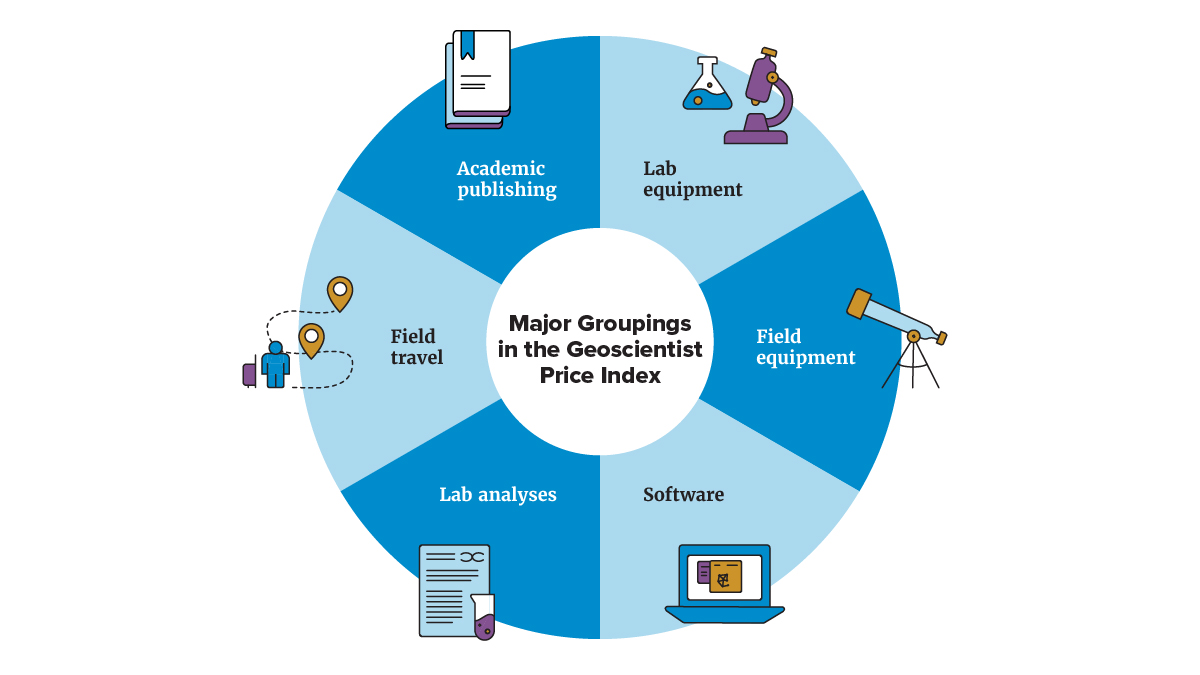Scientists advocate for a more significant consideration of sulfur from a multidisciplinary perspective as a necessary step towards sustainable crop management.
Earth science
Climate Change Narrows the Window for Prescribed Fires
Longer, drier summers may mean fewer opportunities for firefighters to safely burn would-be wildfire fuel in the western United States.
Wide. Open. Science.
This month, we explore how researchers are advancing and expanding the reach of Earth and space sciences.
Revealing a Catchment’s Erosional Secrets: Grain Size Matters
A provenance study with 699 new samples from 12 different sediment grain sizes (from sand to boulder) shows that each fraction originates from distinct parts of a mountain catchment in California.
A Crystal Ball for the Carbon Cycle, But a Cloudy One
Carbon cycle models quantify relationships between emission scenarios and resulting atmospheric concentrations, but are the projections credible? New analyses find grounds for both hope and concern.
Deep Emissions Cuts Still Needed to Prevent the Worst Climate Change Impacts
A new federal report says the effects of human-caused climate change are worsening in every region of the United States, but the technology to address it exists.
GPI: The Geoscientist Price Index
So you want to be a geoscientist? Inspired by the Consumer Price Index, here’s what might be in your “market basket.”
How Llama Poop Is Helping an Andean Community Adapt to Melting Glaciers
Reintroducing these animals can enrich barren soils and potentially reduce water contamination, a study shows.
Carbon Dating Reveals the Timing of Puerto Rican Cave Art
New dates from cave art pigment add to evidence that Indigenous Puerto Ricans inhabited the island for millennia.
Future Supercontinent Will Be Inhospitable for Mammals
Pangea returns in 250 million years, and it’s not looking good for us.

